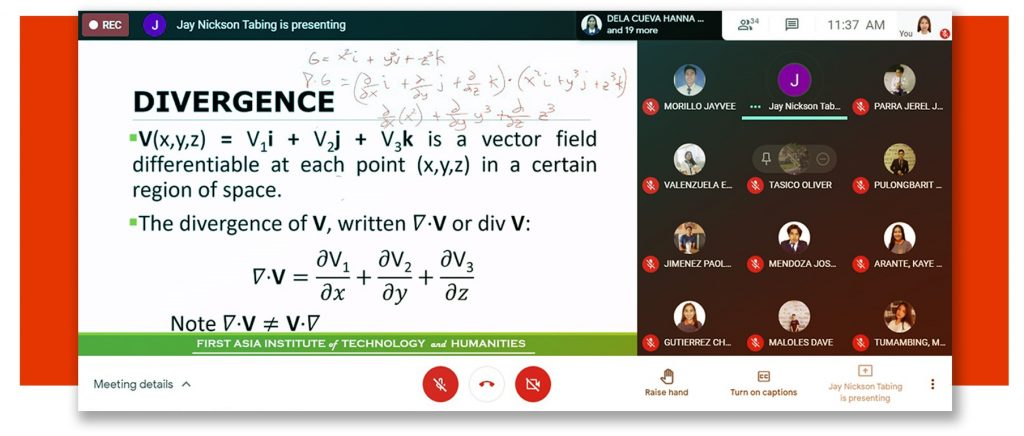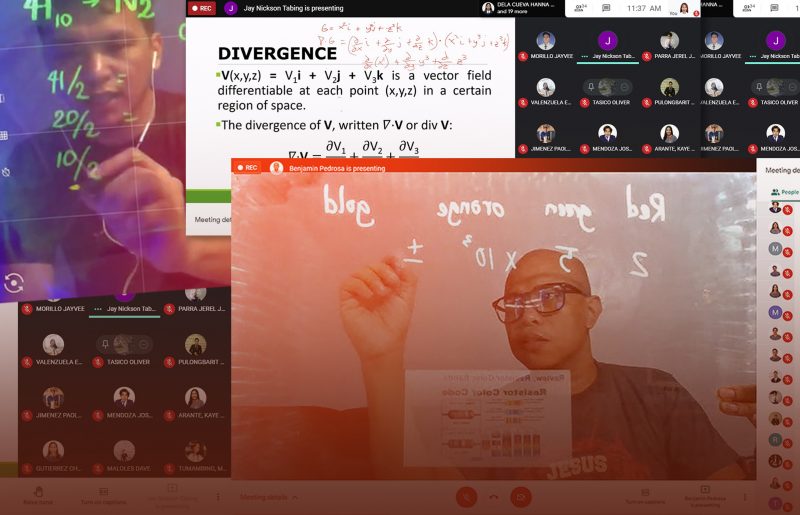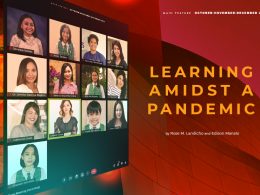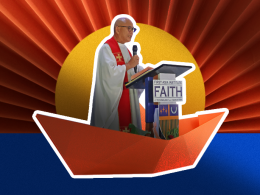It is ironic that at a time of artificial intelligence, big data, and other major technological strides, the world finds itself grappling with an unknown enemy: a global pandemic. A year after its declaration as a global health emergency, the COVID-19 virus has been recorded to have affected over 200 countries, taking millions of lives.
Primarily transferred through direct contact with respiratory droplets from an infected person, communities worldwide have been forced on strict social containment measures to help control the spread of the virus. This meant temporary physical closure of crowd-generating facilities that include educational institutions, putting face-to-face classroom interactions to a collective halt. Academic institutions worldwide have since been tackling the challenge of providing online learning opportunities to students.
Technological Competence
Having used a learning management system (LMS) for years in support of a vibrant learning experience to its Basic Education Schools students, the concept of online learning is no longer new to FAITH Colleges.
Pre-pandemic, using an LMS functioned as a supplement for in-person instruction. This enabled students to increase knowledge on academic subjects through interactive, curriculum-based, expert-guided content which students accessed digitally both in an out of the classroom for anytime, anywhere learning.
Years of fostering this balance between face-to-face and virtual instruction has provided a blueprint for effective online learning implementation. Thus, as COVID-19 pushed academic institutions into the virtual space, it was more a matter of expanding the use of an LMS to the Tertiary Schools.
Such shift, however, was easier said than done, especially in the early days of the pandemic when most of Luzon was put under a total lockdown which meant people were not allowed to leave their homes. Those who had the option to work from home faced problems of disparity in access to internet connectivity and technological tools. In the case of schools, there also was the issue of the hurried transition to online instruction—something that would have been challenging already, even under the most favorable circumstances.

With a bias for technology-guided solutions, FAITH Colleges streamlined suitable protocols and support that eased transition. The first step was the prompt conduct of a school-wide readiness survey among faculty members and students which identified online learning needs of said groups. Given gaps in tools and connection, instruction was reconfigured to be available in both online and offline formats. Students with internet connectivity participated in online classes, composed of weekly synchronous and asynchronous sessions. Meanwhile, students who had zero access advanced learning through a printed, modular format.
Courses that required laboratory hours utilized platforms that enabled remote access to computer units on-campus. “Remote desktop solutions enable us instructors to monitor students’ execution of concepts taught real-time. And effectively simulating classroom environments is very important to continue delivery of quality instruction,” shared Maricel Gaspar, Chair for FAITH College of Computing and Information Technology.

Undeterred Commitment
To ensure that instruction modalities offer strong online and offline functionality, faculty members underwent a series of trainings and workshops with experts on blended learning. With a number of assessments no longer feasible given the setup, alternative modes were explored to gauge the same learning outcomes. Course guides were redesigned to optimize learning of key skills and competencies despite students being confined in their homes.
Consistency of instructional materials’ content were ensured for both online and offline formats. “Pedagogical considerations were prioritized to ensure that despite differences in chosen modes of lesson delivery, the same learning goals are met for each course, whether professional or general education,” explained Dr. Lalaine V. Manalo, Senior Vice President for Academics and Research.
Online learners meet synchronously at least twice a week, typically for an hour or two per subject, so frequent and clear connection is not lost. Synchronous sessions are much like a traditional classroom setup where the teacher and students meet for lectures, discussions, recitation, presentations, and the like—but all done virtually.
Asynchronous sessions are also set, allowing students ample time to complete readings or tasks at their own pace. During asynchronous sessions, teachers remain online so students can consult or ask questions, for example.
“The balance made with weekly synchronous and asynchronous sessions offer us students a semblance of normalcy, schooling-wise,” said Meliah Jean Cueto, BA Communication junior. “That our instructors are accessible, hands-on, and technologically well-verse made this transition less complicated,” she added.
In all efforts made, central is the commitment to stay focused on students’ needs—making lessons available in all shapes and sizes, customizing instruction so it allows students increased choice and convenience.
Lasting Compassion
With foresight on how being robbed of physical connection might take its toll on both students’ and faculty members’ mental health, programs intended for psychosocial support are actively implemented by the Institution’s Student Life and Student Services (SLSS) Office.
The Institution likewise maintains leniency in imposing deadlines; it remains considerate of students’ contexts in terms of submission of academic course works. “Our instructors involve us in deciding on practical means to accomplish course works without compromising quality of learning,” shared Erika Venal, BA Communication sophomore.
Acknowledging feedback as an important facet of learning, timely comments on submissions are likewise exchanged, establishing stability for both faculty members and students.
Moving Forward
With vaccines against COVID-19 now available at scale, and with lessons from its first year of implementing online learning, chances of reopening seem feasible. Should this be endorsed by approving bodies (the Inter-Agency Task Force for the Management of Emerging Infectious Diseases (IATF), Commission on Higher Education (CHED), or local government units (LGUs), a blend of in-person and online learning will be practiced, said SVPAR Dr. Manalo.
FAITH Colleges has and will continue to take on the great investment in educational technology and strengthened capacity necessitated by such a move. It will continue with its share of reengineering improved learning systems; rising to the challenge of demonstrating agility and flexibility, which, after all, are the best tools for navigating a world constantly confronted by change.












